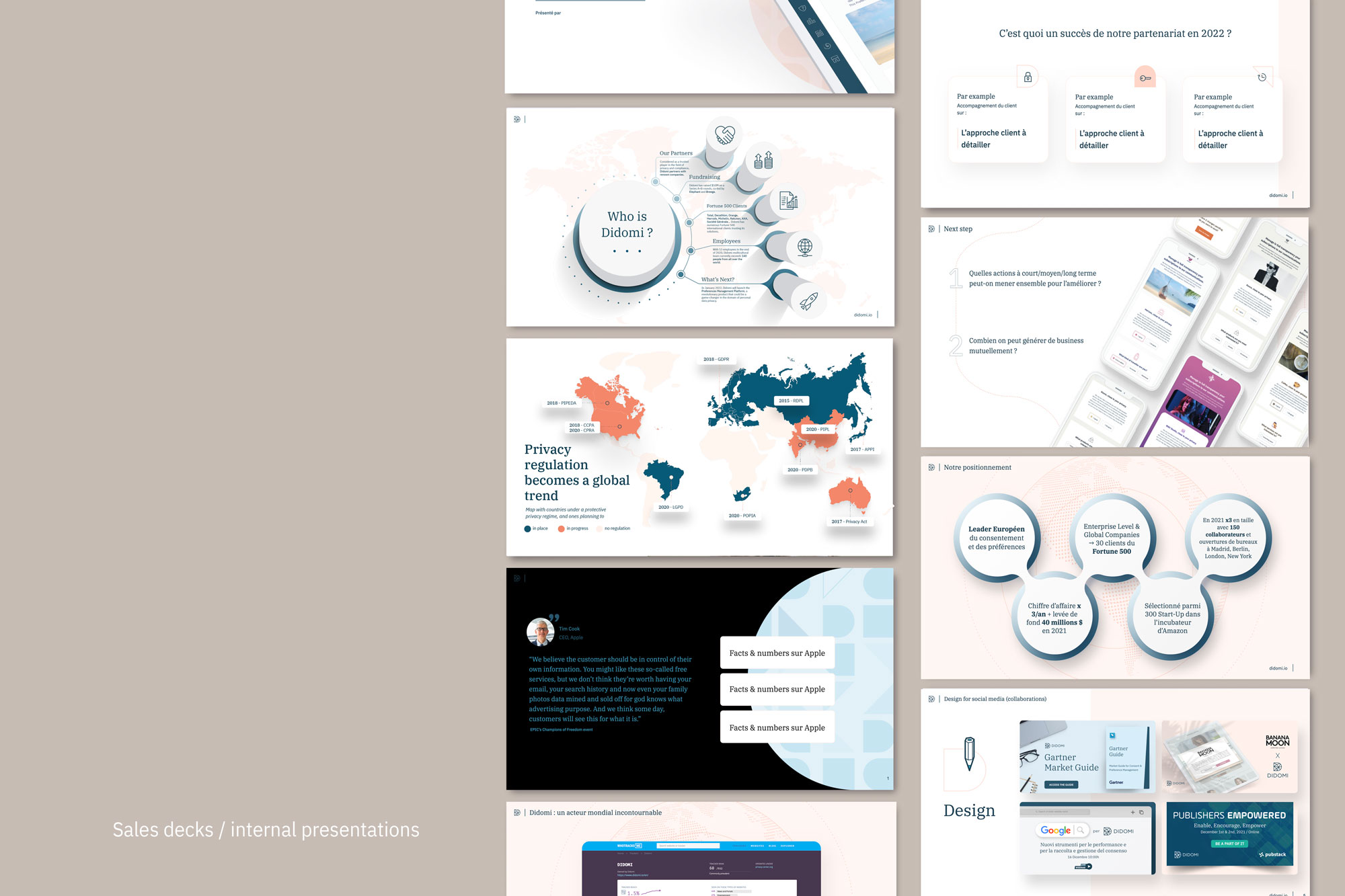By giving consumers a dependable experience no matter the channel of communication, you instill a feeling of brand recognition, comfort, and trust, making them more likely to purchase from you again and again. However, brand consistency can be quite difficult for organizations to maintain.
-
The value behind brand guidelines
Reusing well-defined styles applied to visual communication provides scalability and consistency. However, the main value of a brand guidelines and design systems in general is in supporting close teamwork and spreading the company’s values and principles across the team, which also translates into clear benefits for the user.
-
Importance of brand consistency
Brand consistency ensures that your brand is easily recognizable across all marketing channels and touch points. This creates a cohesive consistent brand identity, unified experience for both existing and potential customers. Another important point: when brand values, the vision and the mission of the company are well understood within the company, researches have showed that motivation is increased and therefor overall results.
-
On the way to Brand Equity
Brand Design system could and should include these various elements: • Mission and vision of the company • Product market, target audience and positioning • Brand overview (brand story) • Visual guidelines (logotype, typography, colors, image/motion use, social, web…) • Brand language (tone of voice…) • Social media strategy • Available resources to download, templates…
-
Showcase: brand codes and the 2 elements of brand recognition
1. Consistency: investing in brand consistency ensures that a company keeps catching the consumer’s attention while keeping its ideas, values, and identity in focus. This is essential to generate identification and recognition, key elements to building solid brands that are highly capable of retaining their audiences. 2. Freshness: in order to retrieve from memory brand assets, consistency is not enough. In order to "pull" memories from where they are stocked, marketers need to consider the fact that quantity counts too.
